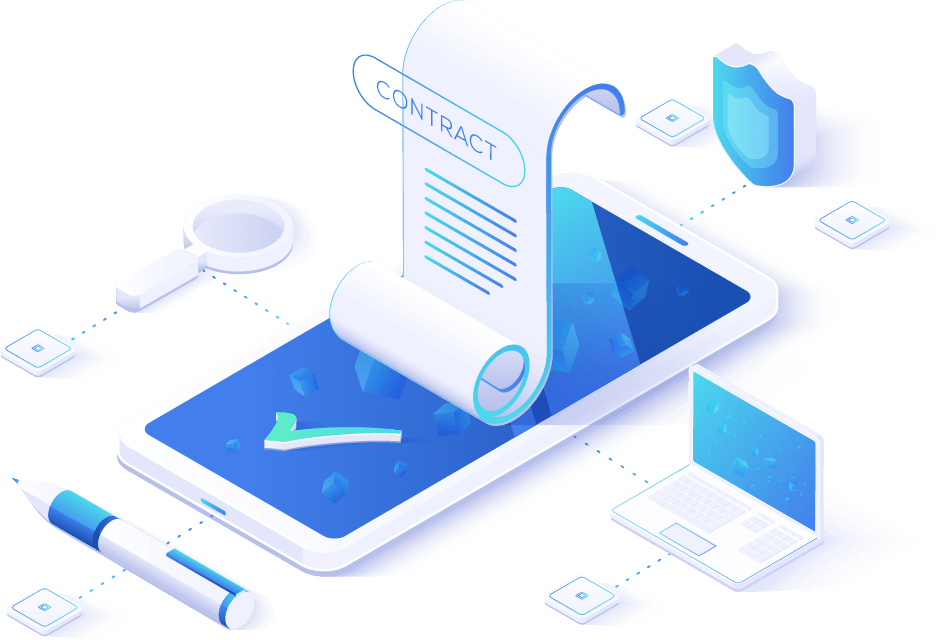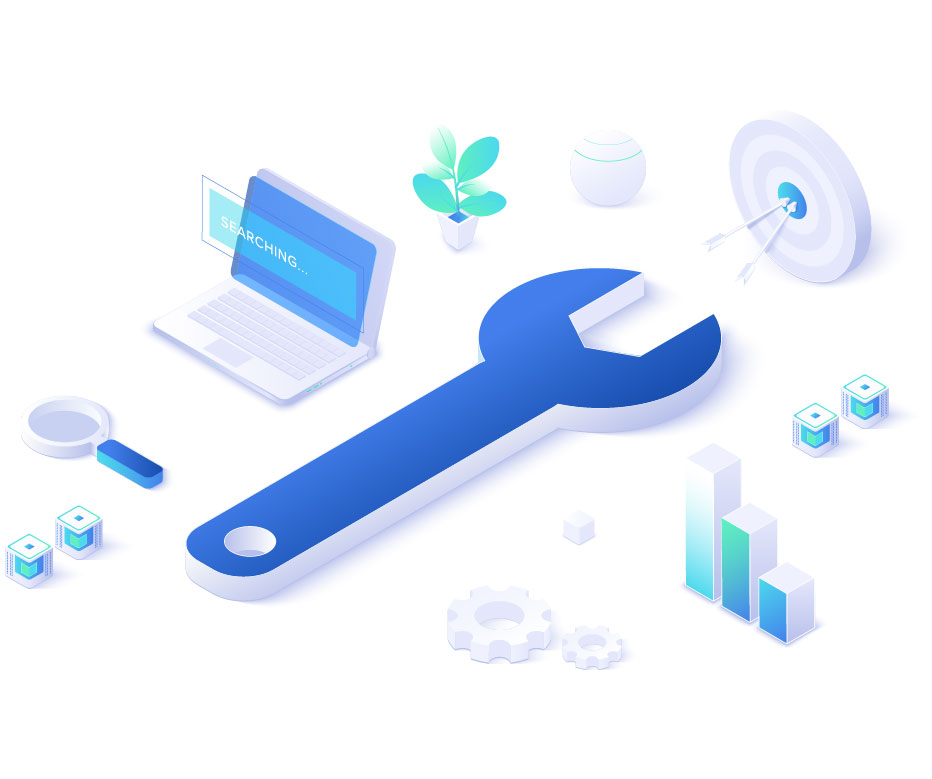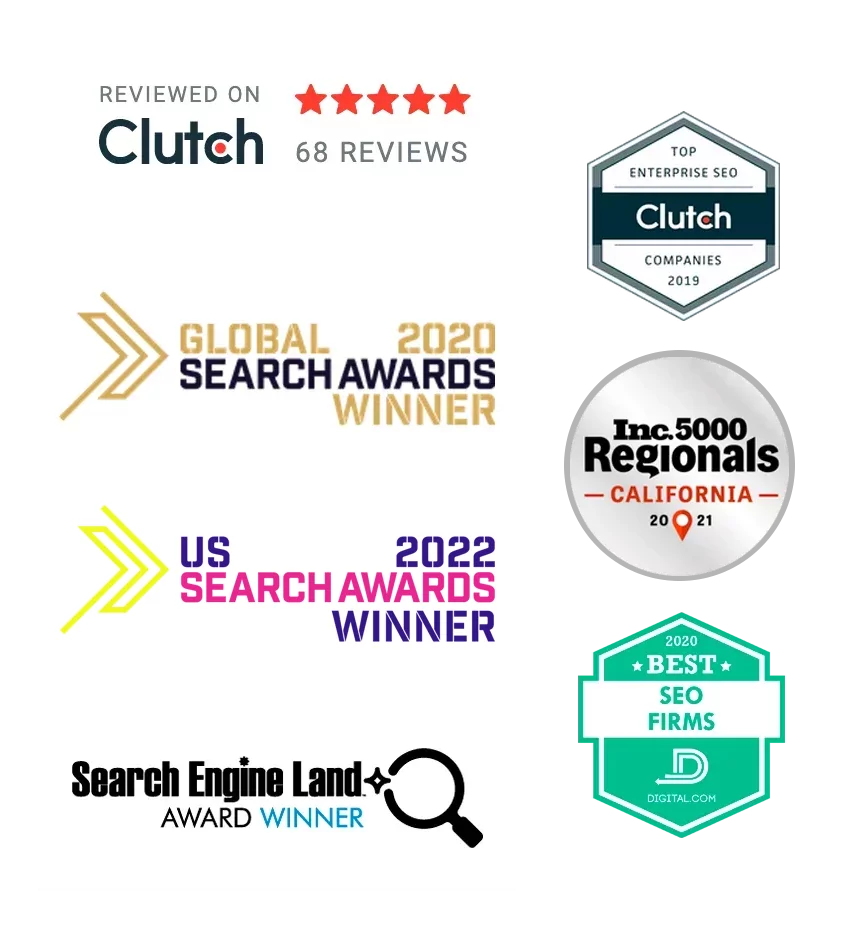What Is Technical SEO?
Technical SEO refers to the optimization of a website’s infrastructure to help search engines crawl, index, and understand the site more effectively.
It involves aspects that go beyond content creation and link building, focusing on the backend of the website.
For an eCommerce seller, understanding and implementing technical SEO is crucial for driving traffic, enhancing user experience, and ultimately increasing sales. Investing in technical SEO is not just about improving rankings; it’s about creating a seamless shopping experience that keeps customers coming back.
Improved Crawlability
Search engines use bots to crawl websites. If your site is well-structured, it makes it easier for these bots to navigate and index your pages.
This is crucial for eCommerce sites with many product pages.
Faster Page Speed Load Times
Page speed is a ranking factor. A faster site leads to better user experience, which can reduce bounce rates and increase conversion rates.
For eCommerce, where every second counts, optimizing speed is vital.
Structured Data Schema Markup
Implementing structured data (schema markup) helps search engines understand the context of your products.
This can enhance search results with rich snippets, like star ratings and price information, potentially increasing click-through rates.
Proper URL Structure
Clean, descriptive URLs improve both user experience and crawlability.
An optimized URL structure makes it easier for search engines and users to understand what a page is about.
Canonical Tags
eCommerce sites often have duplicate content (e.g., multiple URLs for the same product).
Canonical tags help indicate the preferred version of a page, preventing issues with duplicate content that can hurt rankings.
Fixing Crawl Errors
Regularly monitoring for crawl errors (like 404 pages) and fixing them can prevent losing potential customers and improve the overall SEO health of the site.

Our 360 Degree Approach to Search Engine Optimization
In March 2024, Google introduced a series of AI-driven algorithm changes that radically changed how websites are indexed, crawled and viewed in search engine result listings.
In response of Google Generative Search Experience (GSE), Google AI Overviews, and MSN Bing CoPilot — our technical search engine optimization strategy addresses 184 on-page and off-page SEO elements.
Here are some strategies to adapt and thrive in this new environment:
Expect Results
Our Deliverables:
Here's What You Receive

SEO Strategy
An intelligent SEO strategy starts with producing an SEO content strategy template. This template best articulates your brand, products and services that you bring to a target audience, and unique selling points and a value proposition.
We eliminate guesswork by producing site content based on actual user behavior and proven effective high value keywords and search phrases.
We are ever-mindful of the need to convert a high percentage of website visitors into customers.
Conversion Optimization Analysis & Customer Journey Tracking
A conversion funnel analysis tracks user actions and behavior during website visits. You receiving a visual perspective of the steps a customer takes (i.e. the journey) that leads a site visitor towards a purchase, a lead capture form.

A Comprehensive SEO Audit
We scan your entire website from the root domain to sub-domains.
Our technical audit inspects and repairs the following ;
You get a full report of your site health score and a prioritized list of errors, warnings, and notices about site issues and our recommended fixes.

Optimization of Image ALT tags, Header Tags & Meta-data

Keyword Research
Using proprietary search engine analysis tools, competitive intelligence research, and cross-references against the most relevant search term used by web searchers — we’ll use the results of that data to develop the ideal set of keyword phrases to promote your website.
Why Hire KJ Proweb?
In 2014, KJ Proweb distinguished itself from among 2,000+ Google Engage Agency (Partners) winning second place, a silver award in Google’s annual ‘Best Small Agency competition.
Winners were featured in the August 2014 edition of Ad Age™ magazine.





